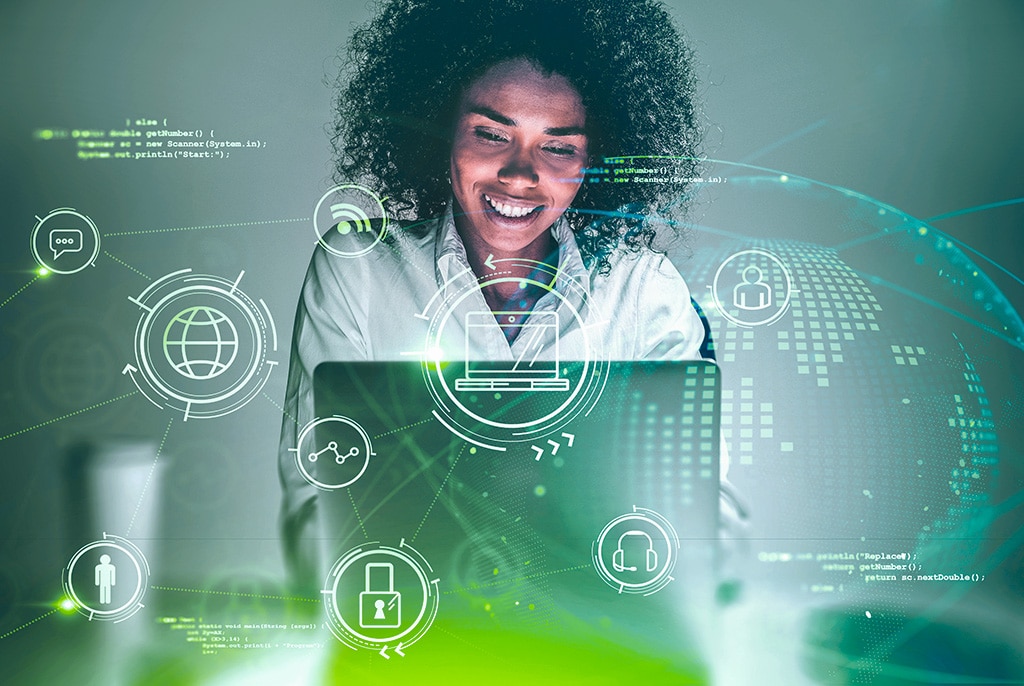
Getronics Editorial Team
In this article:
The radical transformation of the workplace ushered in by the coronavirus pandemic hasn’t just changed the way we work; it’s also transformed how we work together in the context of the future of work. This has led to the emergence of new terminology surrounding the digital workplace, and for the uninitiated, some of it can be confusing—especially as the lexicon continues to evolve alongside our own modern experiences of work.
As Gartner-recognized experts, the team at Getronics has put together a list of the most common jargon and terminology to help you get up to speed with the future-of-work vernacular.

Future of Work Jargon and Terminology
Future of Work
Future of work refers to the ongoing evolution and transformation of how individuals and organisations approach and conduct work-related activities. It encompasses various elements such as technological advancements, changing work cultures, and the redefinition of traditional workplace structures to adapt to a rapidly evolving landscape.
The most common example of the future of work in practice is home-based work. Although there has been a return to the office, many organisations, especially start-ups, have decided to allow employees to work from home 100% of the time if they choose to.
Hybrid Working
Hybrid working is a model that combines both on-site and off-site remote work. It gives employees the flexibility to split their time between working remotely, often from home or other locations, and working in a physical office space, offering the benefits of both remote work and in-person collaboration.
38% of organizations surveyed say that hybrid working has increased their organisation’s productivity, and recent Gartner research found that employees are more likely to remain with an organization, experience less fatigue, and achieve high performance by a factor of 1.5 to 1.7 times greater than when hybrid working isn’t available.
Digital Workplace
A digital workplace is an environment where technology is leveraged extensively to facilitate and streamline work processes, communication, collaboration, and information sharing among employees. It uses various digital tools, platforms, and solutions to create a cohesive ecosystem that transcends physical boundaries.
The classic example of a digital workplace is one where an organization has undergone digital transformation and implemented a suite of tools that employees can access from anywhere, using devices such as laptops, tablets, and smartphones. However, a recent Gartner survey found that 47% of digital workers struggle to find the information they need to effectively perform their jobs, indicating that some organizations aren’t going far enough when it comes to embracing digital workplace trends.
This is a leading source of digital friction, with others including friction in accessing data and accessing services needed in a streamlined way. A well-designed digital workplace will help to reduce this friction and thus promote improved productivity.
Digital Workspace
Digital workspace refers to a centralized virtual environment that integrates various digital tools, applications, and resources that employees can use to perform their work duties, no matter where they’re located. With 67% of IT decision-makers saying that they have a better digital experience outside of rather than inside work, organizations can do more to digitize their workspaces.
An example might be a company that implements a solution such as Microsoft Teams which consolidates various applications like project management tools, communication channels, and information-sharing tools into a single interface accessible from any device, anywhere.
Digital Workforce
Digital workforce used to refer to a workforce where employees had specialist digital skills, but recently the market has redefined it as a category of automated robot workers that are capable of carrying out specific tasks in partnership with human colleagues. It’s a rapidly growing trend, with 80% of executives saying that they think automation can be applied to any business decision.
The most common type of digital workforce you’ll find are robots that are involved in process automation, which is the technology-enabled automation of mundane business processes—think extrapolating information from invoices and inputting it into accounts payable software. It’s that sort of thing. As automation technology develops, however, we’ll likely begin to see robots carrying out more advanced tasks.
Digital Dexterity
Digital dexterity refers to the capability and willingness of employees to use existing and emerging digital technologies for improved business outcomes. This concept is vital in the contemporary workplace as it underscores the ability of the workforce to adapt to and embrace the rapidly changing technological landscape.
Employees with high digital dexterity are not only proficient in using digital tools but are also comfortable experimenting with new technologies. They are agile learners, often self-motivated to explore and integrate digital solutions that can enhance productivity, creativity, and efficiency in their roles. This skill set is increasingly important for businesses seeking to stay competitive in a digital-first world.
Digital Friction
Digital friction is a term used to describe the unnecessary effort employees must exert when interacting with technology in the workplace. This friction manifests in various forms, such as extra steps needed to complete routine tasks, the need to switch between multiple applications to access information, and complicated workflows that detract from meaningful work.
Digital friction is counterproductive as it not only wastes time but can also lead to frustration and decreased employee satisfaction. In an era where efficiency and user experience are paramount, identifying and reducing digital friction is crucial for organizations aiming to optimize their operational processes and enhance employee productivity.
Digital Transformation
Digital Transformation refers to the comprehensive integration of digital technology into all facets of a business, fundamentally altering the way it operates and delivers value to customers. It’s not just about adopting new technologies but also about a radical rethinking of how an organization uses technology to transform business processes, services, and models. This transformation goes beyond mere automation of existing processes; it involves reimagining business operations in the digital age.
Digital transformation can impact every area of a business, from its operational processes and customer interactions to its revenue models and market reach. It enables businesses to become more agile, efficient, and customer-focused, allowing them to better compete in an increasingly digital world.
Looking Ahead to the Future of Work
The world of work has transformed each year since the emergence of the pandemic, and 2024 is going to be no exception; the future of work is a trend that all organizations must be taking note of and learning from to adapt and survive the years ahead.
As you might have figured out, the future of work is very much the overarching trend that encompasses everything else. Hybrid working, and digital workplace, space, and force are all sub-trends that play different roles in helping organizations to realize the future of work in the context of their operations.
A digital workplace, for example, is a set of tools that will be used by the digital workforce as they engage in hybrid working. Together, all these things work to deliver significant benefits such as:
- Increased Productivity: Automation, digital workflows, and access to information empower employees to work more efficiently, reducing manual tasks and increasing productivity.
- Enhanced Collaboration: Digital tools enable real-time communication, file sharing, and project collaboration among team members regardless of their physical location. This fosters teamwork and knowledge sharing.
- Cost Savings & Increased Revenue: Reduced need for physical office space, lower operational costs, and optimized processes contribute to significant cost savings for businesses. Additionally, increased efficiency, better UX, and happier employees help to grow your bottom line.
- Better User Experience: A digital workplace isn’t all about your employees. They also help to deliver better user experiences which in turn lead to an improved customer experience as employees are equipped to carry out their roles in a fast, accurate, and streamlined way.
Embrace the Future of Work
We understand that there’s a lot to keep on top of when it comes to the future of work and all the trends and sub-trends that it encompasses. We also understand that it doesn’t apply to all industries in the same way and that it can be difficult for organizations to kickstart their digital transformation initiatives and get ahead of changing tides.
That’s why it truly pays to work with a knowledgeable partner who can help you follow the latest trends and implement real, impactful organizational changes that can help you stay ahead of the competition.
This is more important now than ever before. We’re currently at a crossroads with organisations split between returning to the office or maintaining their hybrid working setups, all the while new emerging technologies continue to change the way we work—a trusted partner like Getronics can help you achieve success no matter which path you choose.




